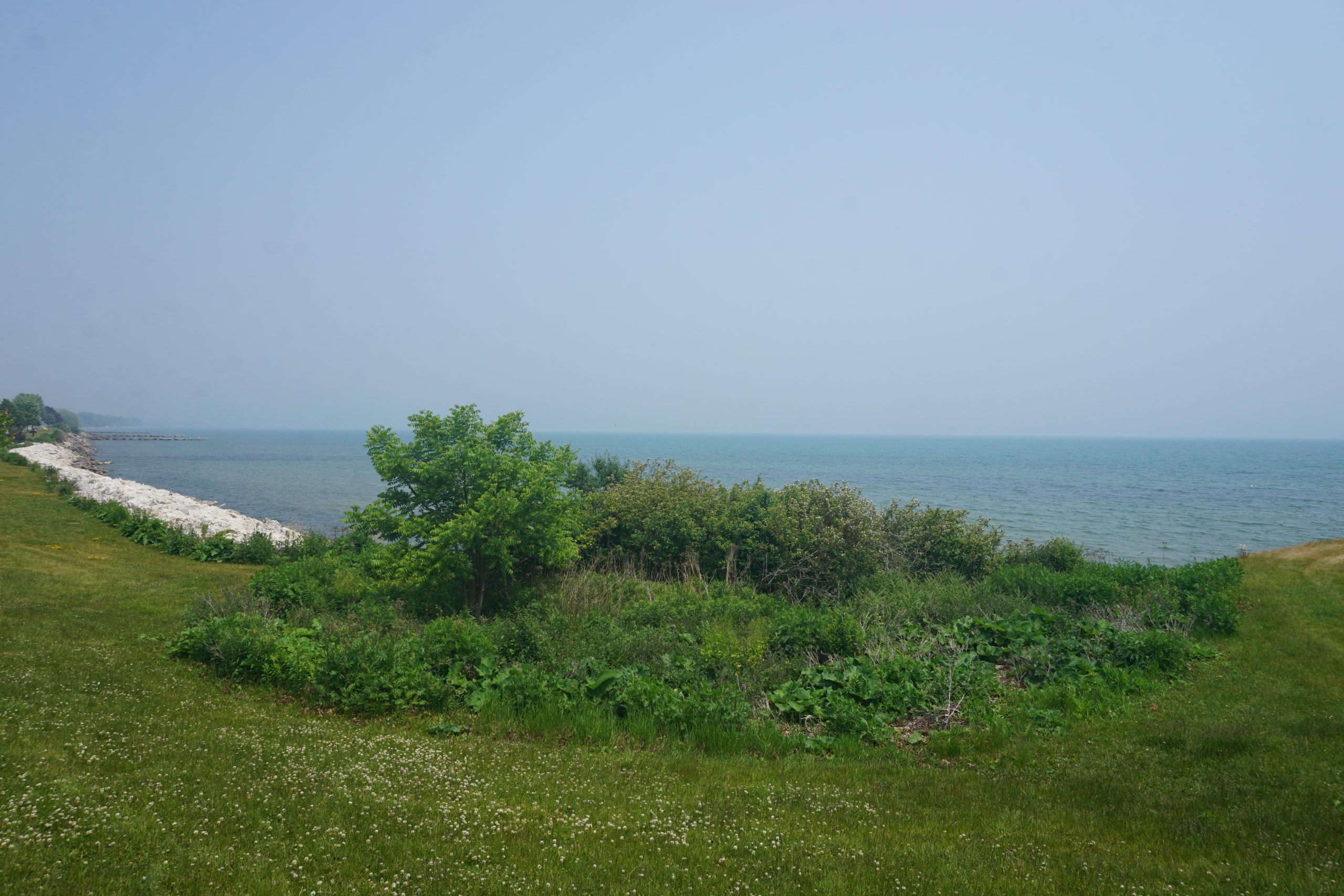Lake Michigan, the second-largest of the Great Lakes by volume and the third-largest by surface area, has a rich history that spans millions of years. From its geological formation to its role in shaping the Midwestern United States, this blog post explores the fascinating history of this iconic body of water.
Geological Formation of Lake Michigan

Mid-Continent Rift
The formation of Lake Michigan began over 1.2 billion years ago when two tectonic plates were ripped apart, creating the Mid-Continent Rift. This rift, which runs from Lake Superior to Kansas, is a testament to the immense geological forces that have shaped the region.
Glacial Formation
Thousands of years ago, the retreat of massive glaciers during the last ice age played a crucial role in the formation of Lake Michigan and the other Great Lakes. As the glaciers melted, they carved out the basins that now hold these vast bodies of water, creating Michigan’s iconic peninsulas in the process.
Early Human Inhabitants

Hopewell Native Americans
The Hopewell Native Americans were one of the earliest well-studied human inhabitants of the Lake Michigan region. This advanced culture, which flourished between 200 BC and 500 AD, left behind a rich archaeological record, including elaborate burial mounds and evidence of extensive trade networks.
Late Woodland Native Americans
Following the decline of the Hopewell culture, the region was inhabited by the Late Woodland Native Americans. These groups, which included the Potawatomi, Ottawa, and Ojibwe, continued to thrive in the Lake Michigan region, relying on fishing, hunting, and agriculture for their sustenance.
European Exploration and Settlement
Jean Nicolet and Samuel de Champlain
French explorer Jean Nicolet is believed to have been the first European to reach Lake Michigan, possibly in 1634 or 1638. Nicolet was sent by Samuel de Champlain, the founder of Quebec, to find the “Northwest Passage” to the Pacific Ocean, but instead he ended up discovering the vast inland sea of Lake Michigan.
French Forts and Missions
In the following decades, the French established a number of forts and missions in the Lake Michigan region, including Fort Michilimackinac and a French Catholic mission to the Indians in 1671. These outposts served as hubs for trade, exploration, and the spread of French influence in the area.
Beaver Wars
The Beaver Wars, a series of conflicts initiated by the Iroquois Confederacy in the 1640s and 1650s, had a significant impact on the demographics of the Lake Michigan region. These wars, which were driven by the lucrative fur trade, led to a massive shift in the Native American populations living around the lake.
Modern History
Shipping and Trade
Lake Michigan played a crucial role in the development of Chicago and the Midwestern United States, with 90% of grain shipped from Chicago traveling by ships over the lake during the antebellum years. The lake’s strategic location and navigable waters made it an essential transportation hub for the region’s burgeoning economy.
Water Temperature
In more recent times, the water temperature of Lake Michigan has been steadily increasing since the 1980s. This trend, which is likely due to the effects of climate change, may lead to decreasing native habitat and affect the survival of various species that call the lake home.
The history of Lake Michigan is a rich tapestry of geological, cultural, and economic events that have shaped the Midwestern United States over millions of years. From its ancient formation to its modern-day challenges, this iconic body of water continues to captivate and inspire those who explore its shores.
References:
– https://en.wikipedia.org/wiki/Lake_Michigan
– https://www.michigan.org/article/trip-idea/great-lakes-fun-facts
– https://www.livescience.com/32011-lake-michigan.html
